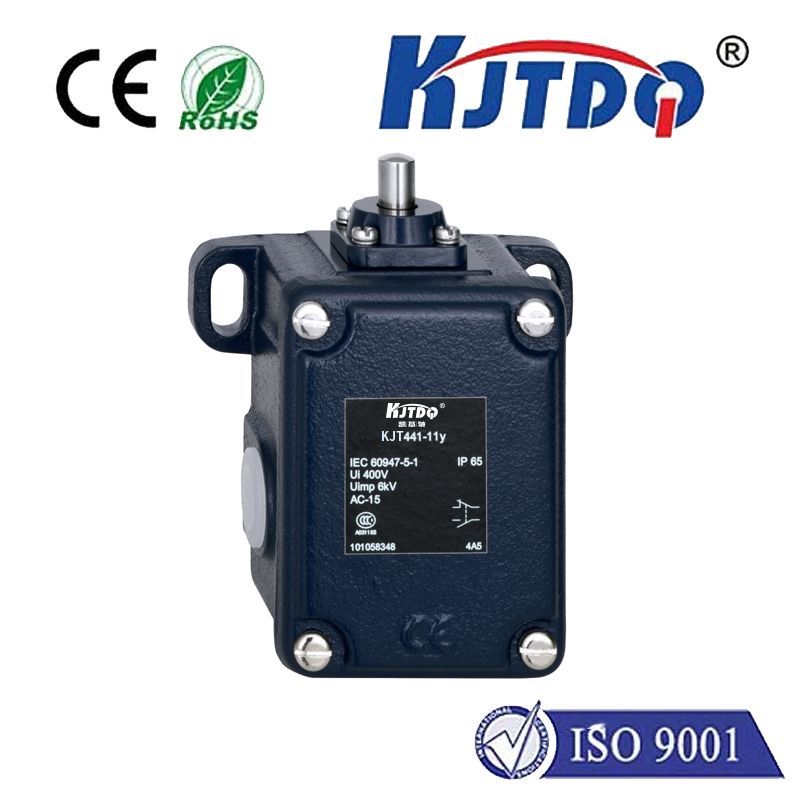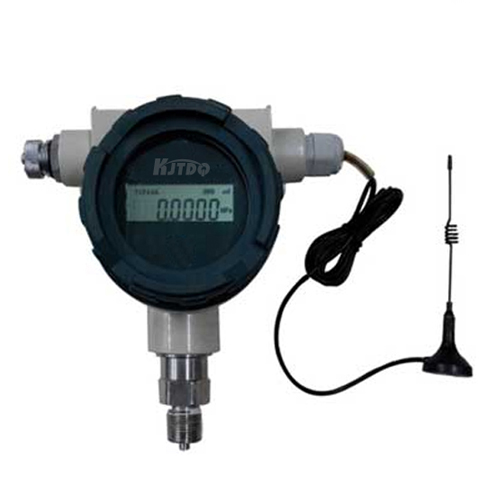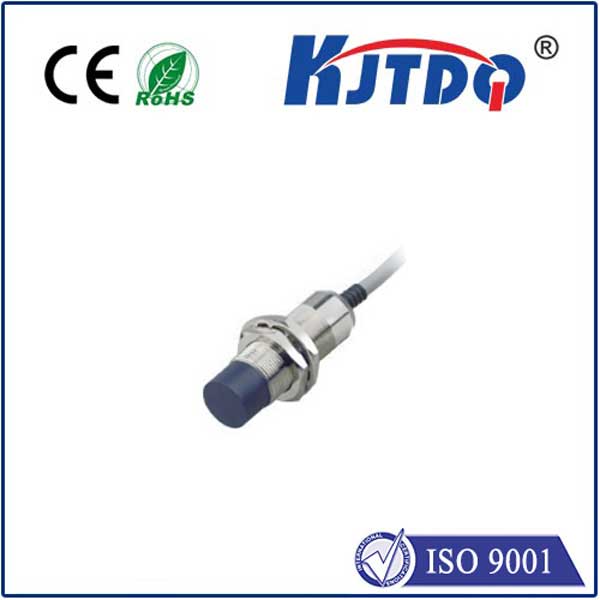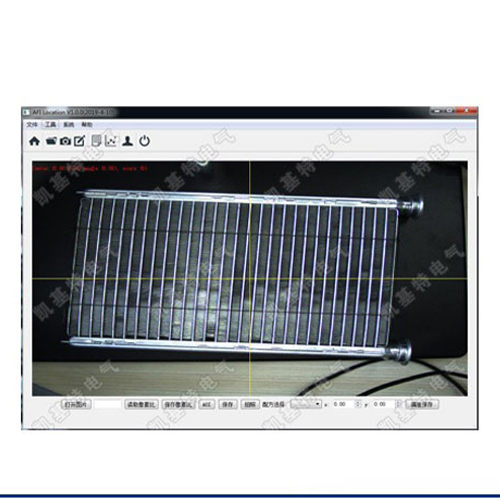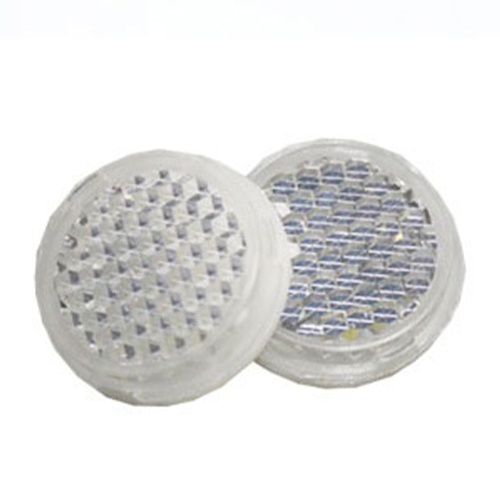BI2-M12-ADZ31X proximity sensor
- time:2025-09-22 09:15:42
- Нажмите:0
BI2-M12-ADZ31X Proximity Sensor: Your Robust Solution for Non-Contact Detection
In the demanding world of industrial automation, reliability isn’t just a preference; it’s an absolute necessity. Machines must run smoothly, production lines need unwavering consistency, and downtime is the ultimate enemy. At the heart of countless automated processes lies a critical component: the proximity sensor. And when precision, durability, and seamless integration are paramount, the BI2-M12-ADZ31X inductive proximity sensor stands out as a cornerstone technology. This ubiquitous workhorse quietly performs the essential task of detecting the presence or absence of metallic objects without physical contact, enabling countless control and safety functions.
Decoding the Model: What BI2-M12-ADZ31X Tells Us
The model name itself reveals key characteristics:
- BI2: Typically indicates the sensor series or family, often relating to its specific performance characteristics and housing design within a manufacturer’s lineup.
- M12: This clearly defines the threaded barrel diameter – 12 millimeters. This is an extremely common and standardized size in industrial settings, ensuring compatibility with a vast array of mounting brackets, holes, and fittings.
- ADZ31X: This suffix usually pinpoints specific electrical and connection features. Crucially:
- A: Often denotes Alternating Current (AC) compatibility.
- D: Frequently signifies Direct Current (DC) compatibility. Together, AD suggests a sensor capable of operating on both AC and DC voltage supplies, offering exceptional flexibility in diverse electrical environments.
- Z: Commonly indicates a sensor with a cable connection (as opposed to a plug connector).
- 31X: Specifies factors like the sensing range, output configuration (e.g., Normally Open - NO), and potentially the cable type/length. A 3mm sensing range (e.g., BI2-M12-ADZ31-S4 might denote a 3mm range NO output) is typical for this size and type.
The Inductive Advantage: How the BI2-M12-ADZ31X Works

Inductive proximity sensors, like the BI2-M12-ADZ31X, generate an electromagnetic field using a coil within their sensing face. When a ferrous (iron-based) or non-ferrous (like aluminum, brass, copper) metallic target enters this field, it induces eddy currents on the target’s surface. These eddy currents cause a measurable change in the sensor’s internal oscillation circuit. The sensor’s electronics detect this change and trigger a solid-state output switch. This entire process happens without any physical contact, making these sensors incredibly reliable and long-lasting compared to mechanical switches.
Key Features and Benefits: Why Choose This Sensor?
The BI2-M12-ADZ31X incorporates design elements that make it a go-to solution:
- Flush Mounting Capability: A significant feature is its ability to be flush-mounted. This means it can be installed recessed into metal, allowing the sensing face to be level with the mounting surface. This protects the sensor from potential damage in harsh environments or where objects might scrape against it. (Non-flush mount sensors require a surrounding free space).
- Прочная структура: Built with durable materials (typically PBT or nickel-plated brass), these sensors are designed to endure harsh industrial conditions, including impacts, vibrations, and exposure to common cutting fluids or coolants.
- High Environmental Protection: Standard ratings for sensors like the BI2-M12-ADZ31X include МП67 (Ingress Protection). This means it’s dust-tight and can withstand temporary immersion in water (up to 1 meter for 30 minutes). This resilience is crucial for washdown areas or dusty production lines.
- Wide Operating Voltage Range: The AC/DC capability (implied by ‘AD’) is a major advantage. It allows the sensor to function reliably on common DC control voltages (like 10-30V DC) or AC line voltages (often around 20-250V AC). This simplifies inventory and installation across different machine sections with varying power supplies.
- LED Status Indicator: Typically includes an LED that provides visual confirmation of power (on) and target detection status (flashing or changing color/state). This is invaluable for quick diagnostics and setup verification.
- Short-Circuit and Reverse Polarity Protection: Integrated protection circuitry safeguards the sensor against common wiring errors and electrical faults, enhancing system reliability and reducing replacement costs.
Typical Applications: Where the BI2-M12-ADZ31X Shines
Due to its ruggedness, versatility, and standardized size, the BI2-M12-ADZ31X finds applications virtually everywhere in automation:
- Position Verification: Confirming cylinders are retracted/extended, parts are correctly seated in fixtures, or machine guards are closed.
- Object Counting: Tracking products on conveyors, counting parts in feeding systems, or monitoring items entering packaging.
- Speed Monitoring: Detecting teeth on gears or shaft rotations for speed or RPM measurement.
- End-of-Travel Detection: Signaling when a moving part (like a gate, slide, or lift) has reached its limit.
- Machine Safety: Interlocking guards – ensuring a safety door is closed before a machine cycle starts.
- Перевозка материалов: Monitoring pallet presence, detecting metal components on belts, or confirming bin levels.
Selecting and Implementing for Optimal Performance
To get the best results from a BI2-M12-ADZ31X sensor:
- Target Material: Ensure the target is metallic. Ferrous targets generally provide the longest sensing range.
- Sensing Range (Sn): Confirm the actual nominal sensing range (typically 3mm for M12 flush-mount sensors). Remember, the effective range can be slightly less for non-ferrous metals. Always maintain a small safety margin between the operating distance and the nominal range.
- Mounting: Utilize its flush-mount capability where possible for protection. Ensure any surrounding metal is kept outside the specified mounting recess dimensions to avoid interference. Tighten to the recommended torque to prevent damage.
- Electrical Connection: Carefully follow the wiring diagram (usually found on the sensor body or datasheet). Connect the correct wires to the power supply (Brown/V+ and Blue/V-) and the load (Black/Output). Ensure correct voltage level (matching the sensor’s specification - DC or AC). Terminate the cable properly using strain relief.
- Environment: While robust, avoid extreme chemical exposure beyond its specifications. Ensure operating temperature limits are respected.
Conclusion: A Staple of Industrial Reliability
The BI2-M12-ADZ31X inductive proximity sensor exemplifies the blend of simplicity, robustness, and versatility required for modern industrial automation. Its standardized M12 size, flush-mount design, dual AC/DC voltage capability, and proven IP67 protection make it an incredibly adaptable and reliable component. From verifying simple positions to enabling complex safety interlocks, this sensor plays a vital, often unseen, role in keeping production lines moving efficiently and safely. When dependable non-contact detection of metal objects is needed in challenging environments, the BI2-M12-ADZ31X consistently delivers.


